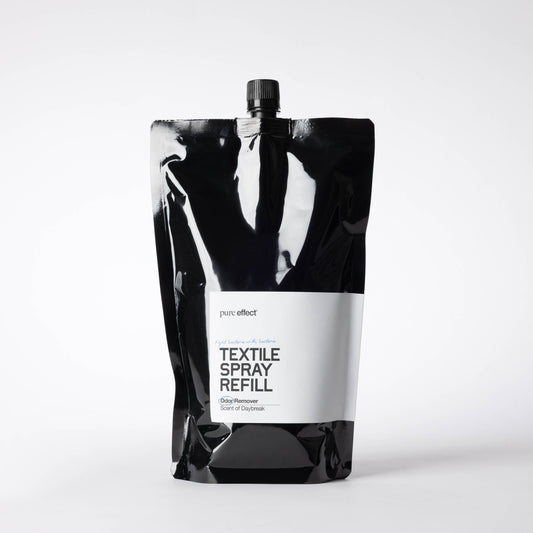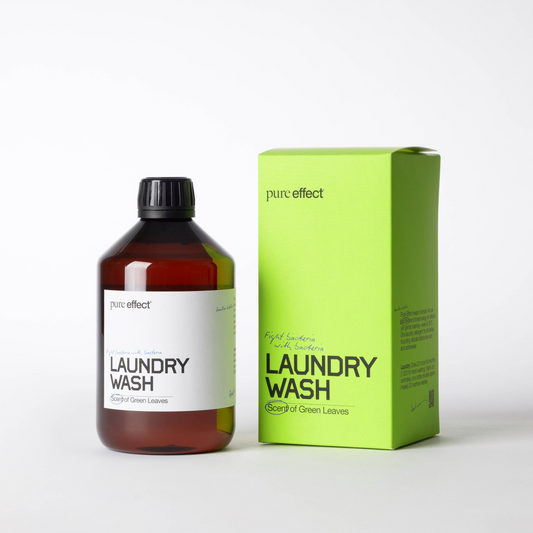
Decoding Dry Cleaning: what is it?
Dry cleaning has been a go-to for keeping our clothes looking sharp, especially those made of delicate fabrics. But what's the real deal behind this seemingly magical process? Let's dive into how dry cleaning works, its impact on health and the environment, and whether it's all sunshine and rainbows.
How Does Dry Cleaning Actually Work?
Despite its name, dry cleaning isn't exactly "dry." It relies on liquid solvents like perchloroethylene (perc) or hydrocarbon-based solutions instead of water. First, those stubborn stains get a pre-treatment with special spotting agents. Then, it's into the solvent bath where dirt, oils, and stains are dissolved. Finally, clothes are dried and pressed to perfection.
Perchloroethylene (perc) is a chemical commonly used in dry cleaning. Despite being labeled as a toxin by health experts, it's still widely used in the industry. The EPA even classified it as a "likely human carcinogen" in 2012, meaning it could up the risk of cancer with long-term exposure. Studies have also linked perc to various cancers. Shockingly, it's not banned in Sweden.
But perc isn't just a worry for those wearing dry-cleaned clothes. It also poses risks to dry cleaning workers and people living near these facilities.
The dry cleaning industry has had a rough ride environmentally due to the use of chemicals like perc. But they're making strides with newer machines and closed systems to cut emissions. Alternatives like wetcleaning, hydrocarbon, and the new cleaning fluid K4 are being explored to reduce perc use. However, the industry's grappling with discussions about banning perc while the EU digs into the issue.
The Not-So-Great Side:
1. Health Hazards: The main solvent used, perc, isn't exactly a health guru's favorite—it's been linked to headaches, dizziness, and even more serious health issues with long-term exposure.
2. Eco-Downer: Perc and other solvents can wreak havoc on the environment, polluting air, soil, and water and causing all sorts of trouble for wildlife.
3. Energy Hog: Dry cleaning machines suck up a lot of energy, which isn't exactly helping us fight climate change.
4. Costly Business: Let's face it, dry cleaning can burn a hole in your wallet, especially if you've got a closet full of clothes that need regular TLC.
What's the Alternative?
1. Go Green: Some dry cleaners offer eco-friendly options that use non-toxic solvents, so you can keep your conscience clean along with your clothes.
2. Get Wet: Wet cleaning is a water-based alternative that's gentler on the planet and your health.
3. DIY Care: For clothes that claim they're "dry clean only," you might be surprised at how well a little hand washing or spot cleaning can do. And you know our best life hack – hang, mist, repeat with Pure Effect. (The mist even remove some stains if you give them some generous repeated sprays when they are still fresh).
As a consumer, it's crucial to know the impact of dry cleaning and consider greener options before your next wash. High five!
For more reading:
https://hylte.naturskyddsforeningen.se/wp-content/uploads/sites/232/2014/03/Kemtvatt-rr-2014_1.pdf
https://www.theguardian.com/lifeandstyle/2016/nov/18/dry-cleaning-toxic-process-carcinogen-cancer
https://www.svanen.se/for-foretag/kriterier-ansokan-avgifter/alternativ-kemtvatt-094/




